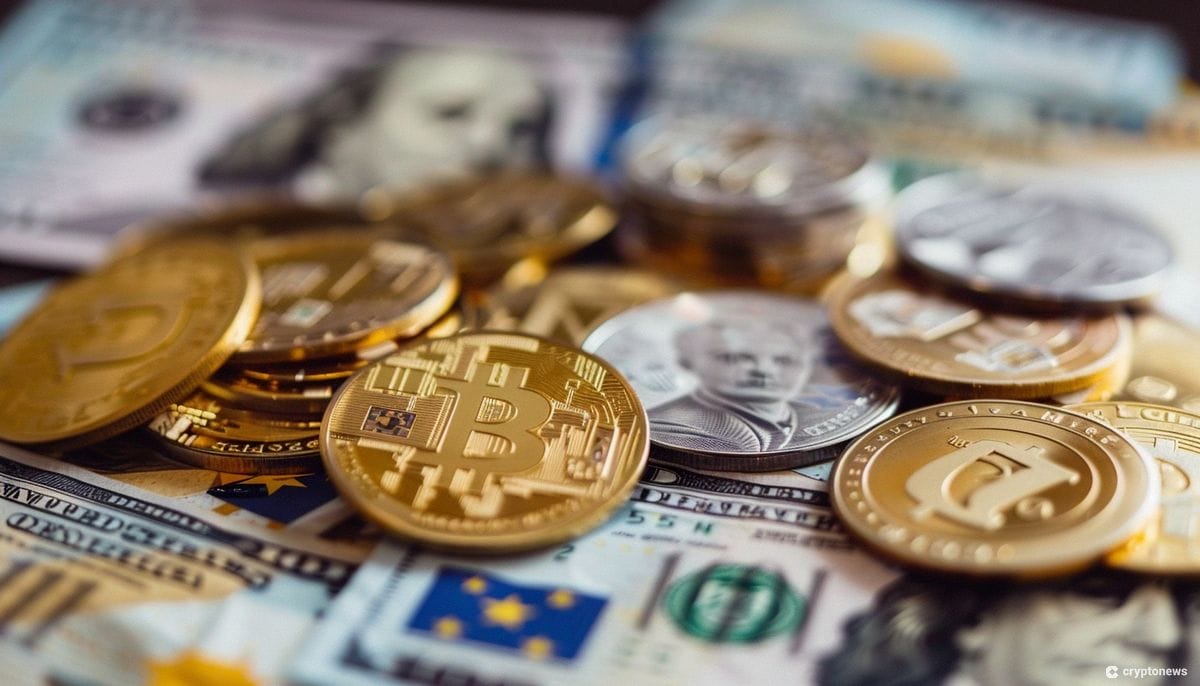Circle Granted License for USDC and EURC Issuance Under Europe’s MiCA Framework

Circle became the first global stablecoin issuer to secure an Electronic Money Institution (EMI) license under the European Union’s Markets in Crypto Assets (MiCA) regulatory framework on July 1.
Circle’s EMI license, granted by the French banking regulatory authority, allows Circle to issue its USDC and EURC stablecoins, enhancing its ability to capture a substantial share of the European market.
Circle’s Landmark Achievement
Circle CEO Jeremy Allaire announced the company’s readiness to launch MiCA-compliant stablecoins in Europe in an X (formerly Twitter) post. He described it as a major milestone in the ongoing development of the Internet financial system. He noted that this vision required big advancements in blockchain technology and the establishment of global regulatory frameworks.
BREAKING NEWS: @Circle announces that USDC and EURC are now available under new EU stablecoin laws; Circle is the first global stablecoin issuer to be compliant with MiCA. Circle is now natively issuing both USDC and EURC to European customers effective July 1st.
Details… pic.twitter.com/isNBumoi3e
— Jeremy Allaire – jda.eth (@jerallaire) July 1, 2024
The MiCA framework, approved by the European Parliament in April 2023, represents a comprehensive effort to standardize crypto regulation across the EU. The regulatory approach was catalyzed by financial stability and consumer protection concerns, prompted by initiatives like Meta’s Diem. MiCA’s phased implementation, which began on June 30, includes specific requirements for stablecoin issuers, ensuring a structured transition toward full compliance by year-end.
Dante Disparte, Circle’s head of policy, emphasized MiCA’s role in legitimizing the crypto industry while eliminating regulatory havens. Allaire also highlighted the mainstream financial sector’s initial hostility and the niche nature of fiat digital currency concepts.
“MiCA is both vindicating of the industry and its permanence, but it’s also clear that there are no more shortcuts,” he said. “Gone are the days where you could operate in a regulatory haven or in the shadows and then expect to have liberal and free access to consumers and market participants.”
MiCA Framework: A New Era for Stablecoins
Allaire emphasized MiCA’s impact on the digital asset market. With stablecoins becoming foundational to these markets, the availability of USDC and EURC under MiCA’s regime provides regulatory clarity and stability.
The development positions USDC as a leading dollar stablecoin in the EU and sets a precedent for other major jurisdictions, such as Japan, the US, the UK, Singapore, Hong Kong, and Brazil, to adopt similar regulations.
Notably, Circle USDC recently surpassed Tether USDT in transaction volume, climbing to become the leading dollar stablecoin.
Allaire also predicted an acceleration in stablecoin adoption globally and expressed excitement about the potential growth in the adoption of Euro digital currency. The clear regulatory framework for Euro stablecoins promotes a competitive market, enabling banks and EMIs to integrate them into their products and services.
This adoption expands the utility of stablecoins in commerce and finance, with substantial interest from enterprises, financial institutions, and payment firms.
Despite the excitement around MiCA, some industry players have expressed concerns. Tether CEO Paolo Ardoino criticized MiCA’s complexity and potential risks following a delisting announcement of USDT from Bitstamp, suggesting it could complicate operations for stablecoin issuers. Binance has also adjusted its approach, limiting access to unauthorized stablecoins in Europe, though not delisting them entirely.








